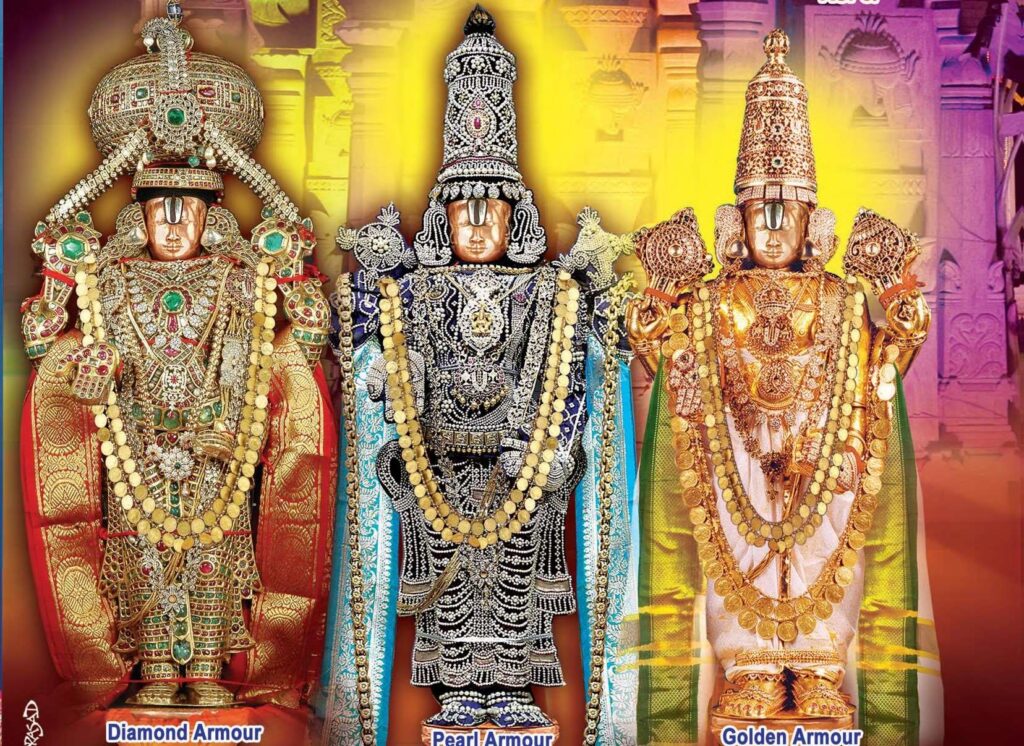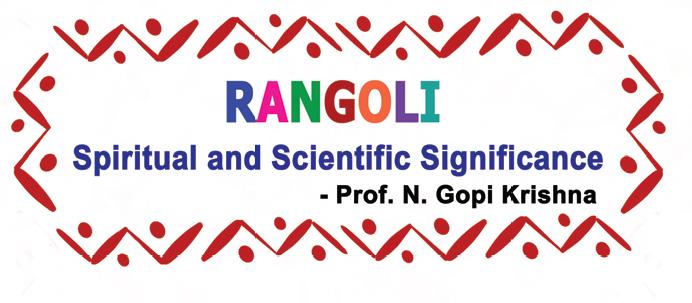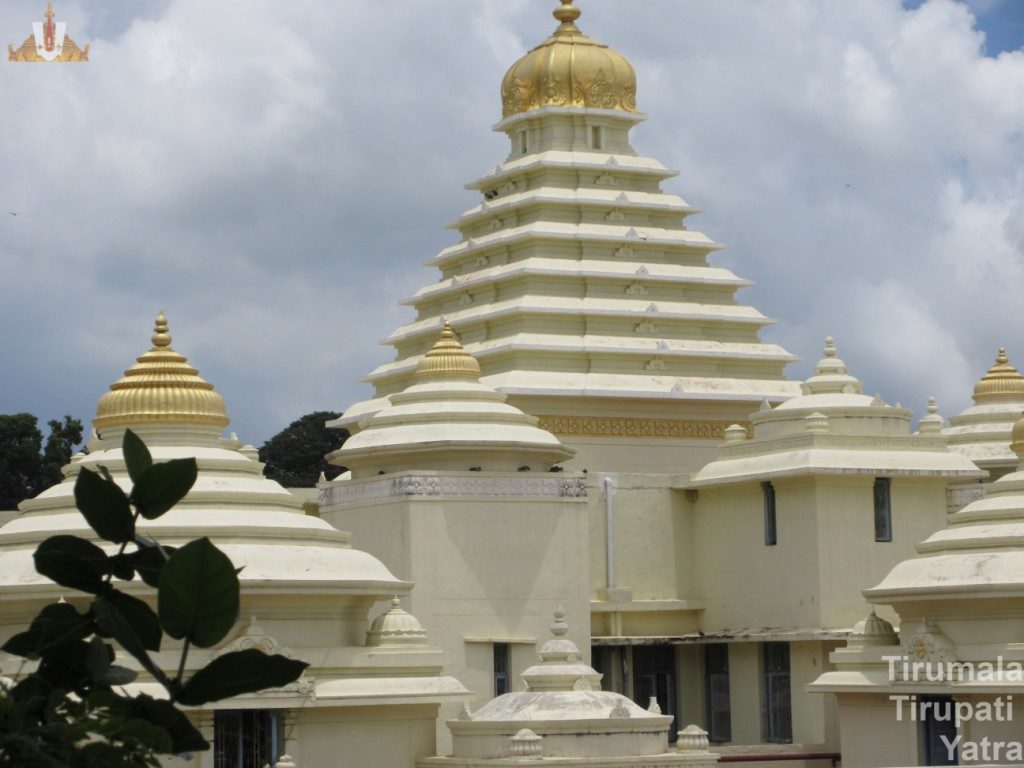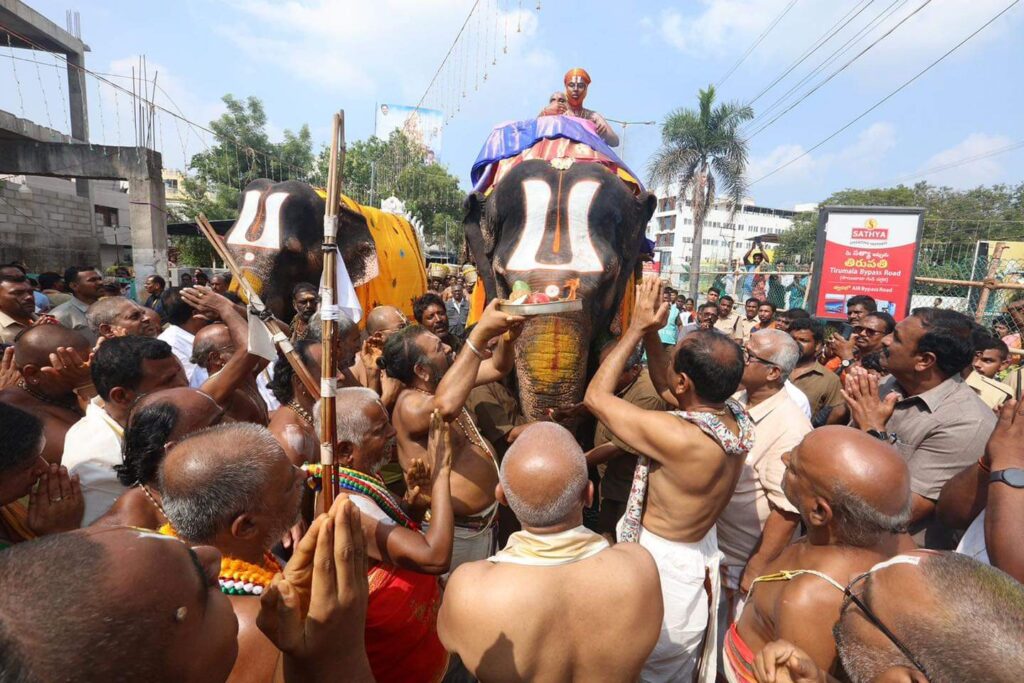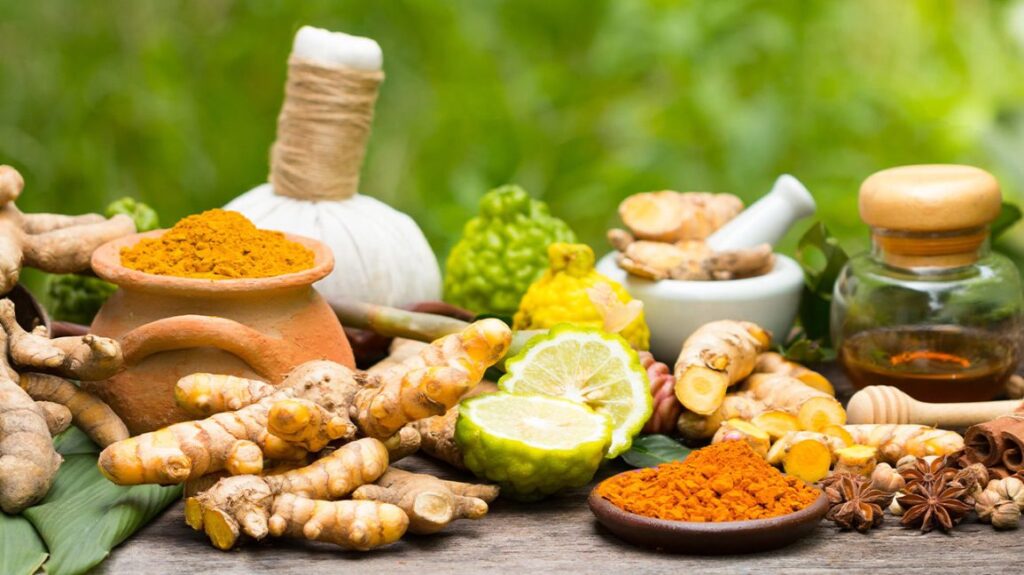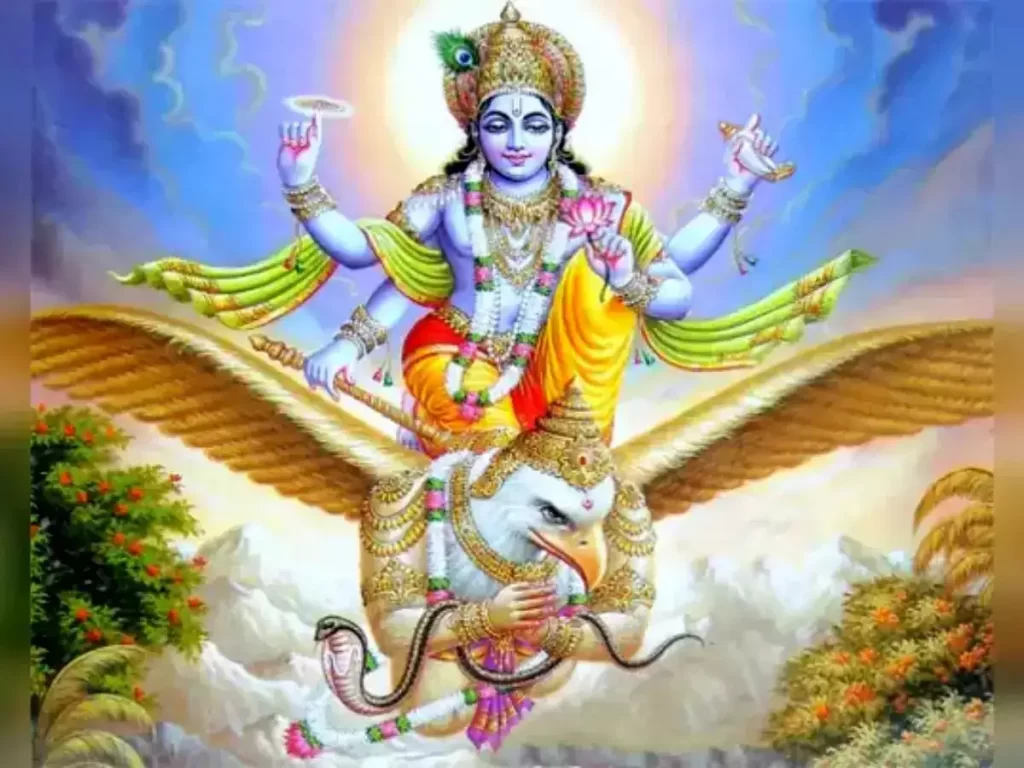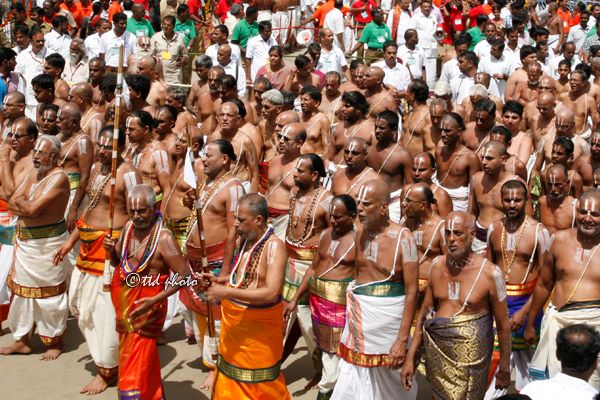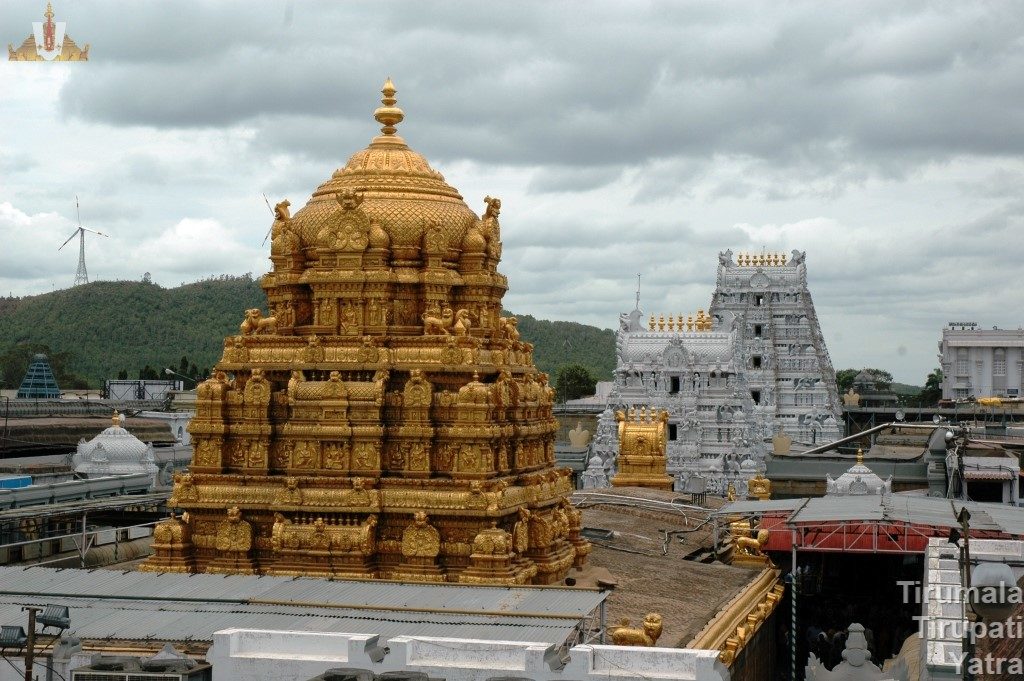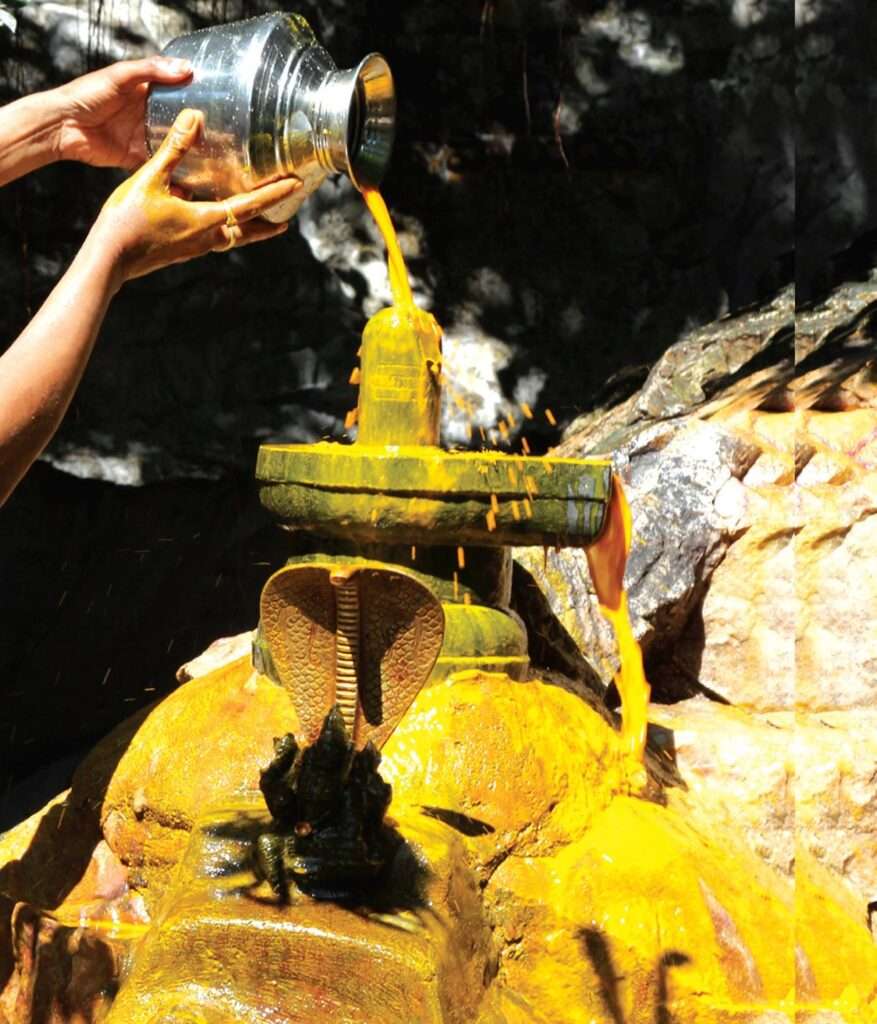Jyeshtabhishekam at Tirumala 2024 / Abhideyaka Abhishekam Jyeshtabhishekam to Sri Malayappa Swami along with His Consorts From 19-06-2024 to 21-06-2024 Jyeshta Star Jyeshta means ‘Elder’ in Sanskrit. You would have heard the phrase ‘Jyeshta bratha pitasamah’, or the elder brother is akin to one’s father. In Vishnu Sahasranama, we have the Lord referred to as Read More
Tag: Tirumala
Tirumala is a spiritual place in Tirupati district of the Indian state of Andhra Pradesh. It is one of the neighborhoods of the Tirupati city
Rangoli – Spiritual and Scientific Significance
Rangoli Rangoli/kolam known as Rangavalli in Sanskrit, is an enchanting form of visual communication through symmetrical designs since ancient times. Rangoli is an ancient art that combines dots with curved lines to form a design in harmony. Symbolic expressions are in existence in every culture and take precedence at many ceremonies. In Hindu culture, Rangoli Read More
Nityannadanam by TTD
Nityannadanam by TTD In 2006, the then Chairman of the T.T.D. Trust Board provided the facility of offering Srivari ‘annaprasadam’ to all the devotees who came to Tirumala irrespective of the ‘Darshan’ of Srivaru. Later, the TTD started a new building complex for ‘Nityannadanam’. At that time, Matrusri Tharigonda Vengamamba, a devout devotee generously used Read More
Sri Venkateswara Museum (TTD Museum), Tirumala
Sri Venkateswara Museum – Tirumala TTD Museum / Sri Venkateswara Museum was inaugurated on December 26th, 1980 in Thousand Pillars Mandapam by Dr Neelam Sanjeev Reddy, the president of India. Later it was shifted to a newly constructed building with architectural elements beside Narayanagiri Gardens on 27th September 1999 and was opened by Chief Minister Read More
Venkateswara’s ‘Saare’ to Sri Padmavathi Ammavaru
Article posted on Saptagiri Magazine by – Dr. Venkata Harshavardhan R.D. Sri Padmavathi Ammavari Kartika Brahmotsavams is a spectacular festival of Tiruchanur and Tirupati. Just as Tirumala Brahmotsavam ends with CHAKRA SNANAM, even Tiruchanur Kartika Brahmotsavam ends with a Chakrasnanam on the auspicious Panchami Teertha day known as ‘Panchami Theertham’. Saare – From Tirumala to Read More
TTD – Sri Venkateswara Ayurvedic Hospital, Tirupati
Sri Venkateswara Ayurvedic Hospital / SV Ayurveda Hospital Dhanvantari Dhanvantari, an incarnation of Lord Vishnu, the immanent divine consciousness, represents the divine healer in the tradition of Ayurveda. Lord Dhanvantari considered the God of Ayurvedic medicine is believed to have emerged from the sea during Samudra mathan, holding a pot of Amrit in one hand Read More
Garuda – The Valiant
Article by Smt. D.K. Ahana Lakshmi Garuda – Pakshiraja Garuda is described as Pakshiraja, the king of Birds. All of us recognize him as the vahana or mount of Lord Vishnu. When you enter a Vishnu temple, there is an image or icon of Garuda at the entrance. He is celebrated as ‘Periya Thiruvadi’ just Read More
Divya Prabandha Ghoshti – Tirumala Brahmotsavam
Article by – Sri Anantha Madabhooshi Divya Prabandha Ghoshti The annual 9-day festival originally believed to be initiated by Lord Brahma Himself aeons ago, the Tirumala Brahmotsavam, continuously gets better in execution year after year. This festival is not like any other festival held in Tirumala for Lord Malayappa Swami. What makes this unique is Read More
5 Idols of Tirupati Balaji – Pancha Berams
Pancha Berams of Tirupati Balaji Lord SRINIVASA is the heavenly Wishing Tree (kalpa taruvu) to those who yearn for Him, gold to those who hold his hand, advance honorarium to those who worship Him, a diamond on hand to those who serve Him, the Ultimate God to those who conceive of Him, fulfiller of desires Read More
Kshetrapalaka Sila / A stone of Kshetrapalaka
Kshetrapalaka Sila (A stone of Kshetrapalaka i.e., an inferior manifestation of Shiva) In the premises of Dhwajasthambha Mandapam towards the northeast direction, you can find an elevated stone platform whose height is 18 inches. This platform, which is similar in shape to the Balipeetham is known as Kshetrapalaka Sila (Kshethrapalaka Stone). click here to read Read More
